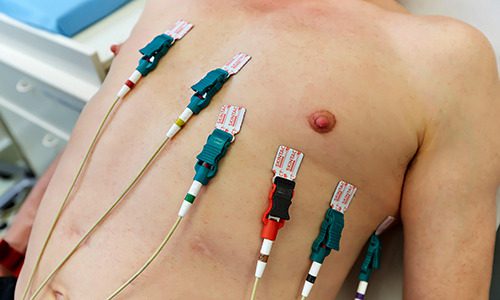Understanding Electrocardiograms: Insights into Heart Health

An electrocardiogram (ECG), also abbreviated as EKG, is a portable monitor that measures, records and shows the electrical impulses of the heart. It is a machine that measures and assesses the rhythm of the heart along with its blood flow, muscle thickness, and chamber size including the structural problems with heart valves. The purpose is to verify whether the heart is functioning accurately or not.
The doctors who use this electrocardiogram machine are considered as the arrhythmia team. They are supposed to evaluate and identify disturbances of the electrical system of the heart such as heart attacks, heart diseases, inaccurate blood flow, etc. The arrhythmia team connects to meet expectations in order to manage the cardiac arrhythmias including:
- Arrhythmias
- Artery diseases
- Cardiomyopathy
- Congenital heart diseases
- Electrical heartbeats and signals
- Heart attacks and failures
- Valvular heart diseases
Read Also: 3 Mental Health Apps That Will Change The Way You Think
Types of Electrocardiograms
Basically, there are a few types of EKG machines that doctors use to check for a variety of cardiac and pulmonary conditions that are mentioned below.
Cardiopulmonary Exercise Testing (CPET)
Cardiopulmonary exercise testing is considered a non-invasive method to evaluate and assess the performance of the heart and lungs. Mainly, this test focuses on detecting diseases related to cardiac and pulmonary conditions.
Exercise Electrocardiogram (EKG)
An exercise electrocardiogram, abbreviated as EKG and ECG, is a special kind of test that examines an individual’s heart rate and heart health while they exercise. The purpose of this test is to determine any heart problems, while the patient walks or pedals a monitored machine to make it easier for symptoms to become visible to the doctor.
This test is also called a stress test or a treadmill test as symptoms become visible while exercising. This can detect coronary artery disease to suggest heart surgery or safe levels of exercising.
Read Also: Tips for engaging children in healthy activities during the lockdown
Holter Monitor
Holter monitor is a type of electrocardiogram test that is used in order to monitor the ECG tracing for a longer period of time, mainly for 24 hours in a continuous cycle. In this test, small patches of plastic, called electrodes, are supposedly placed at certain body parts including chest, arms, and legs to connect them with the machine through lead wires. Then for further interpretation, the electrical ability of the heart is examined and measured to be printed out for the physician.
Resting 12-lead Electrocardiogram
The resting 12-lead ECG is a type of electrocardiogram that is used for standardized testing of the electrical functionalities of the heart. This test is performed with the patient lying while the machine records the heart’s activity through the help of 12 electrodes. These electrodes or leads are attached to the chest, arms, and legs of the patient just like the holter monitor.
This machine is also used as a part of routine check-ups for a lot of patients for the screening of their heart.
Signal-Averaged Electrocardiogram
This is considered as a handheld monitor that is used for multiple ECG tracings over a time period of 20 to 25 minutes. The purpose of this is to capture and measure the abnormal heartbeats continuously that may occur at irregular intervals.
